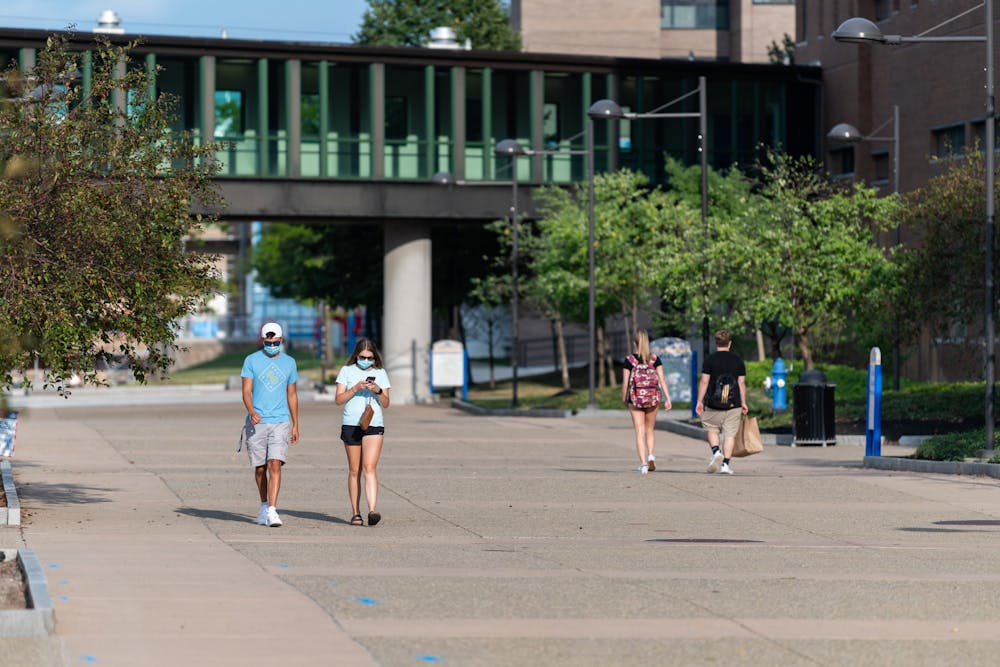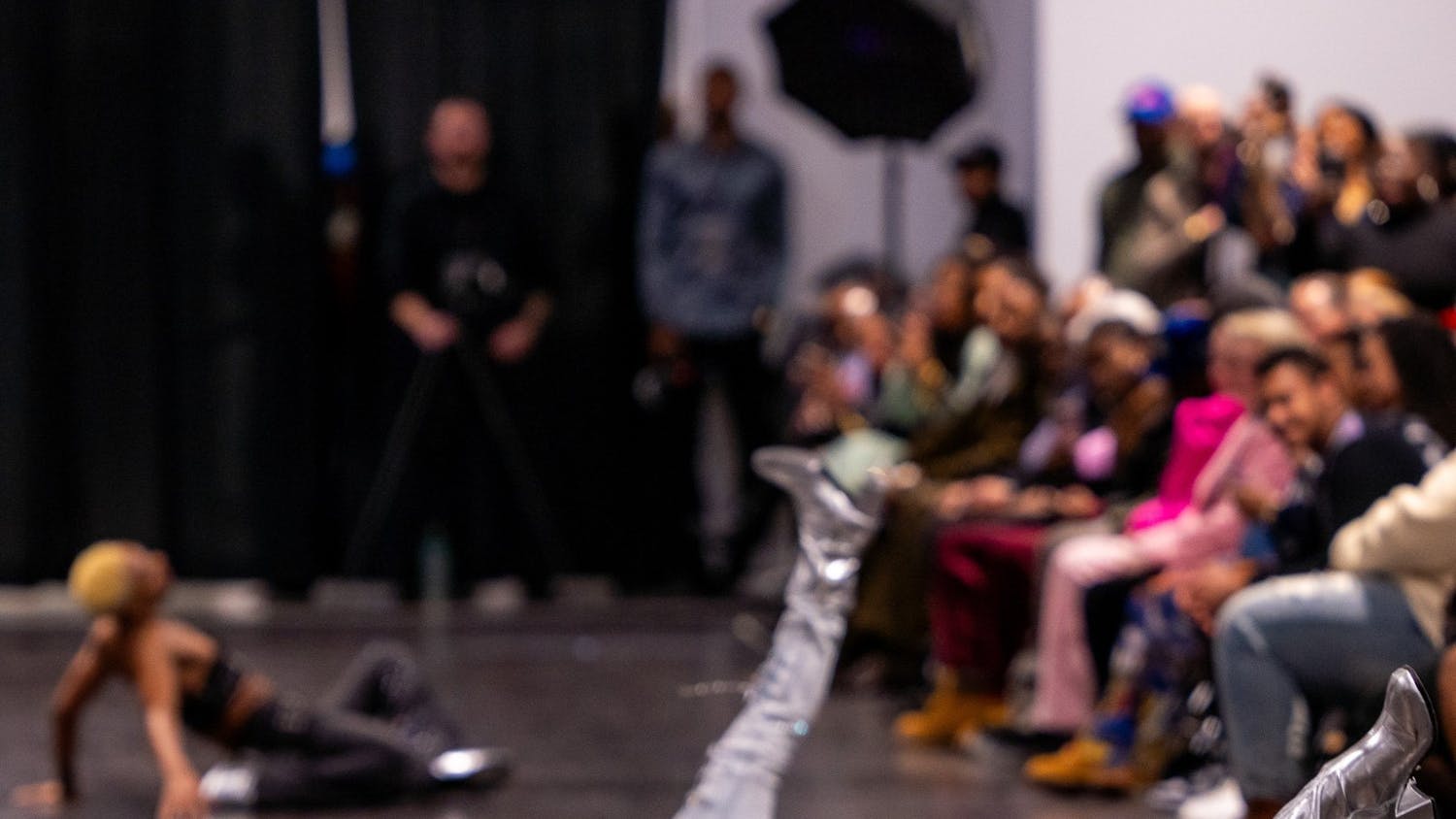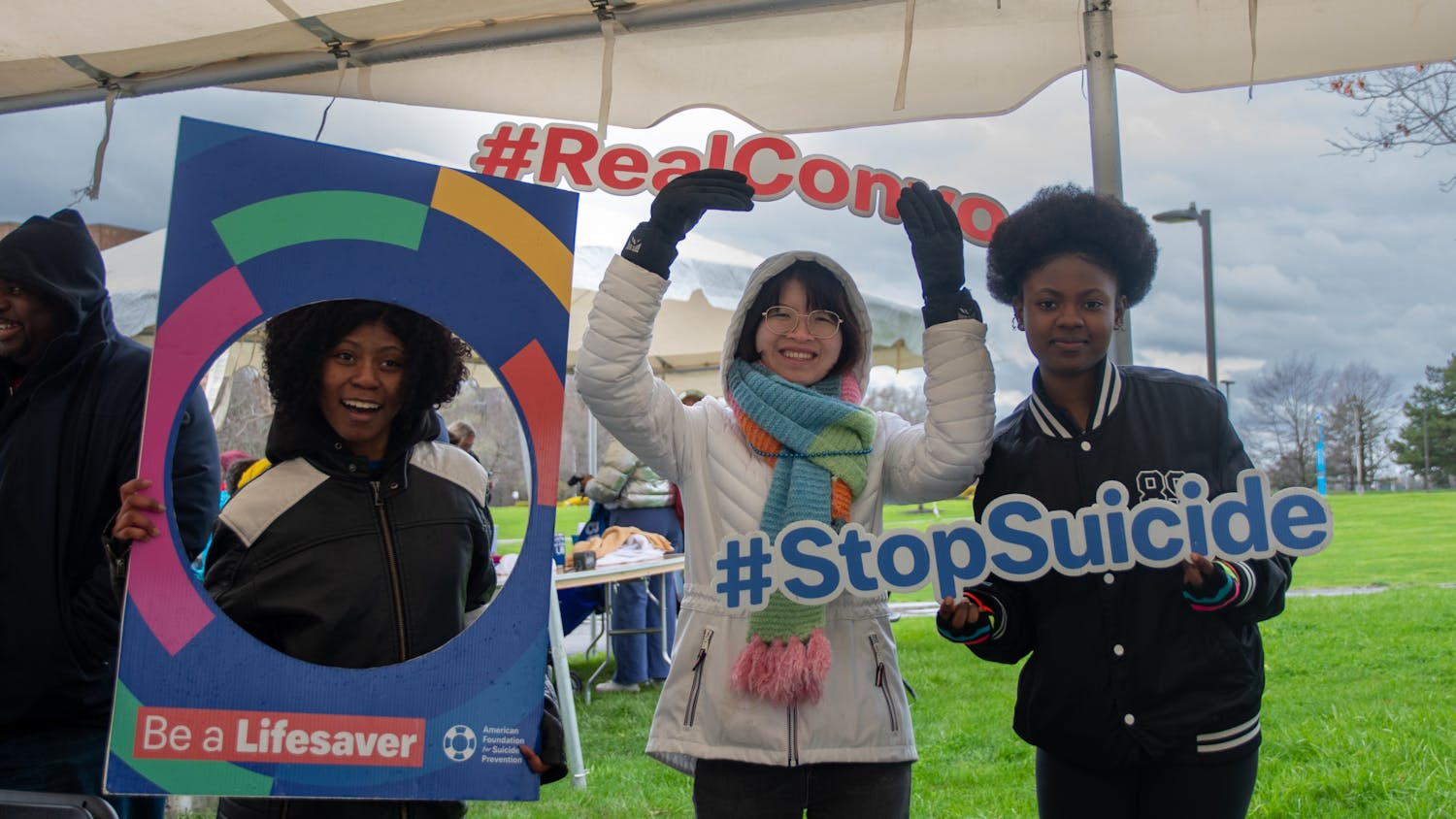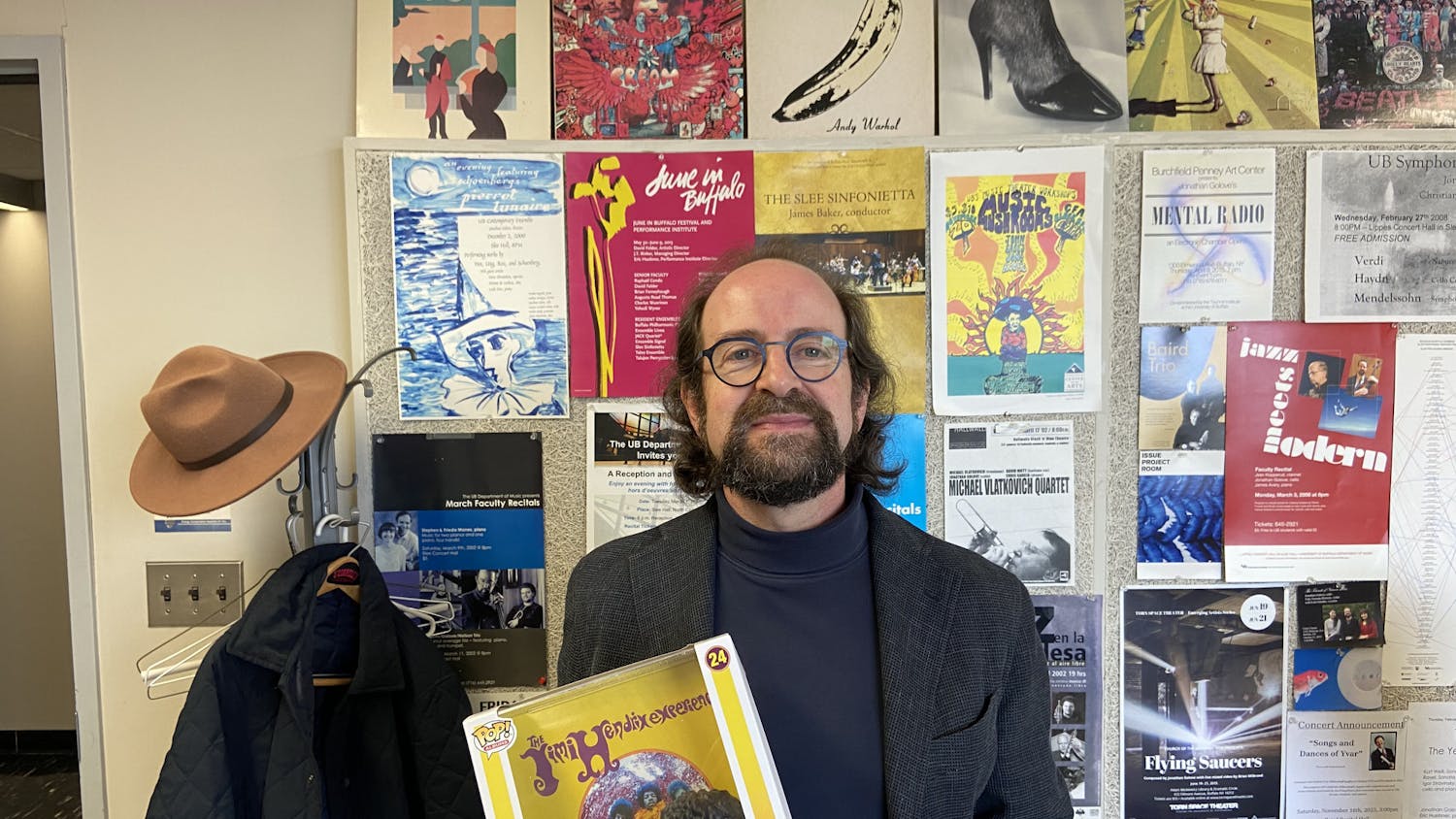Over the past few months, UB has attempted to roll out one of the most ambitious plans in the institution’s 175-year history: reopening campus amid a global pandemic.
As the U.S. death toll from COVID-19 nears 200,000, UB administrators are trying to balance students’ needs with the health of the community and the rigorous demands of higher education. They have made changes to housing, dining and transportation services, and have even deployed a mandatory health screening tool to ensure safety.
But the decision to reopen campus has not come without criticism. Members of the university community, including some students and faculty, worry that Amherst may become a viral hotspot in the coming weeks. They point to UNC Chapel Hill and SUNY Oneonta, which were forced to abruptly switch to remote learning after clusters of the virus were found on campus.
Critics said that UB administrators are placing “a higher value on student retention and generating revenue” than ensuring the safety of the university community. They said that in the event of an outbreak, the school may try to deflect blame on students, rather than acknowledge their role in reopening campus.
Supporters said that UB has taken the necessary precautions to keep students safe. They said that students could benefit greatly from being on campus and that some classes — like labs — can only be done in-person.
UB reported 25 active cases of COVID-19 — 24 students and one faculty member — on Tuesday. As students finished unpacking and classes began, community members described feeling a range of emotions about the fall semester.
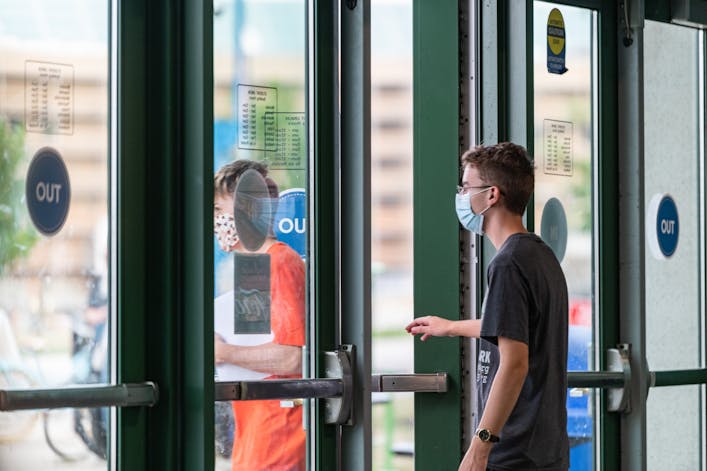
‘UB took enough initiative’
Campus looked very different when it reopened Monday.
Students wore face coverings, buildings were decorated with signs encouraging social distancing and much of campus looked like a ghost town, especially when compared to previous school years.
At 10 a.m. Monday, a mere 890 students had in-person classes, an 87% decrease from fall 2019, according to UB.
Supporters of the reopening said that campus felt “weird, but that it was “good to be back” and “out of the house.” They said that the potential benefits of reopening campus — the ability to partake in in-person learning and be around other students their age — outweighed the potential risks.
Moris Goldstein, a sophomore management major, said he supports UB’s decision to reopen campus because many students have been craving social interaction that they can’t get at home.
“I believe that UB made the right decision to reopen campus,” Goldstein said. “[It will] allow for students to have a place to stay and be in contact with their friends.”
Goldstein said he believes UB took “enough initiative” to protect its students, but he acknowledged that “it’s tough to keep track of every individual and it’s easier to keep track of groups of people either by class or building.”
In June, UB administrators shared a 104-page report from its COVID-19 Campus Planning Committee, which argued for an “in-person modified” reopening. The committee called that the “most inclusive and complex” scenario, and urged UB to implement it “as soon as possible.”
Over the past few months, UB has made a slew of changes to campus. The school has spent over $3.5 million on health, safety and instructional preparations, which includes procuring washable masks, disinfecting wipes and hand sanitizer. Students have been asked to complete a Daily Health Check and more recently, the school announced the rollout of random surveillance testing.
UB has also implemented a number of new policies. Students cannot bring guests into the residence halls and many on-campus buildings are either closed or operating at reduced capacity, among other changes.
In particular, on-campus housing is operating at roughly 60% capacity, after UB reduced room sizes and students balked after learning of their updated class schedules.
On Thursday evening, UB Police responded to several small gatherings outside of the Ellicott Complex. In a statement, UB said that most of the students were wearing masks and that the largest group had about 40 to 50 students.
“UB has policies and procedures in place to enforce its Health and Safety Guidelines,” the statement read. “Students who don’t abide by these guidelines will be subject to disciplinary actions, up to and including possible suspension from the university.”
‘It was a poor choice’
Across the country, schools have become viral COVID-19 hotspots.
At the University of Alabama, more than 1,200 students have tested positive for the virus. At SUNY Oswego, Gov. Andrew Cuomo deployed a medical SWAT team to help control an outbreak that has infected 3% of the campus population and resulted in a two-week suspension of in-person instruction.
UB said on its website that its protocols, when heeded, “will significantly reduce the risk [of COVID-19] on campus.” But skeptics said that no matter how well intentioned the school may be, the UB community is still at increased risk from being on campus.
Jacob Klieger, a senior communication major, said he believes UB’s decision to reopen campus was motivated primarily by finances, not the well-being of the student population.
“It’s impossible for me to not think that UB is making the decision to return to campus purely based on finance,” Klieger said. “One doesn’t need to look further than the revised comprehensive fee waiver rules where students who are taking full online classes and aren’t on campus cannot — unlike previous semesters — waive their fees, unless they are in a full online degree program.”
Olivia Berry*, a sophomore engineering major, said she is living at home this semester because she is fearful of an outbreak on campus. Back when she was considering moving onto campus, she was particularly concerned about bathrooms, kitchens and other shared spaces in the dorms.
“Daily cleanings and open windows don’t make up for the fact that you are living in those spaces 24/7,” Berry said. “Really, you have no idea where the people around you have been.”
Berry isn’t the only student who has expressed concern over the dorming situation. Last month, the UB Living Stipend Movement filed a complaint with the New York State Department of Health, alleging that UB is posing a danger to the campus community by reopening campus.
Berry said she doesn’t think UB is alone in being overconfident in their reopening, but she still believes the school is being reactive, rather than proactive.
“[N]ow that other universities are opening up around the country, every week we hear about another school that had to shut down because they got hundreds of cases within the first few weeks,” Berry said. “What has UB done differently from those other schools that suggests they can solve the problems the whole country can’t solve? Why must we wait until AFTER a large enough population of our students gets sick before we make the tough calls?”
* Students names have been changed because they fear retaliation
Justin Weiss is the senior features editor and can be reached at justin.weiss@ubspectrum.com
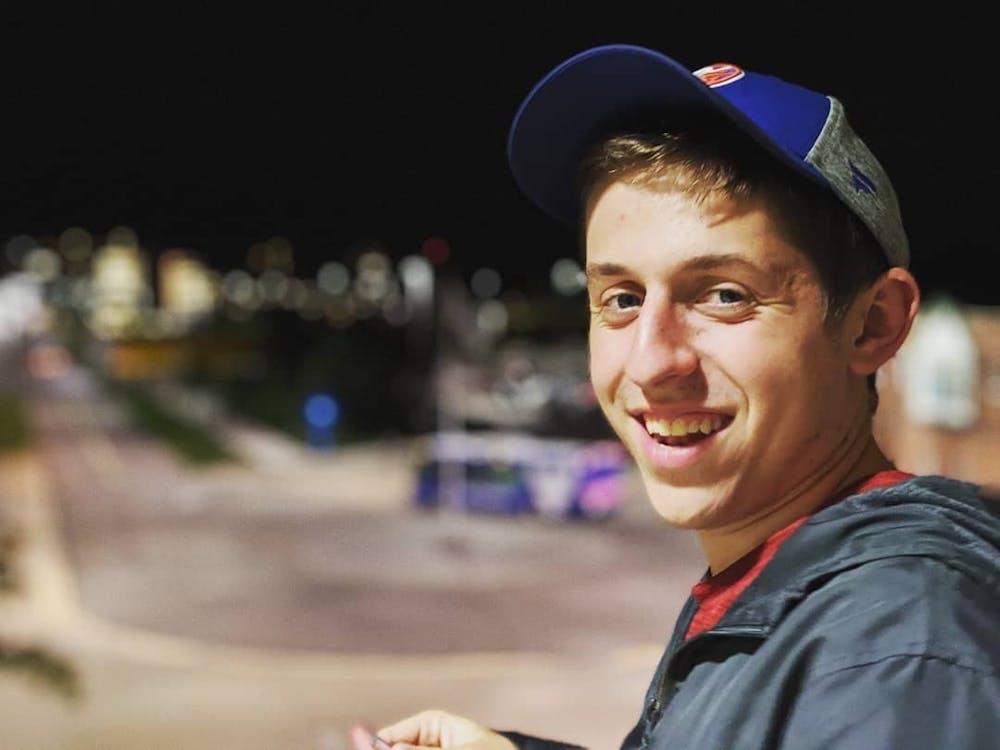
Justin Weiss is The Spectrum's managing editor. In his free time, he can be found hiking, playing baseball or throwing things at his TV when his sports teams aren't winning. His words have appeared in Elite Sports New York and the Long Island Herald. He can be found on Twitter @Jwmlb1.

